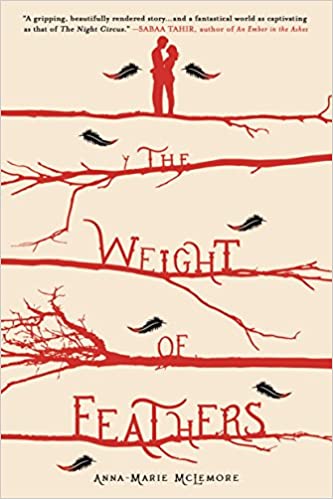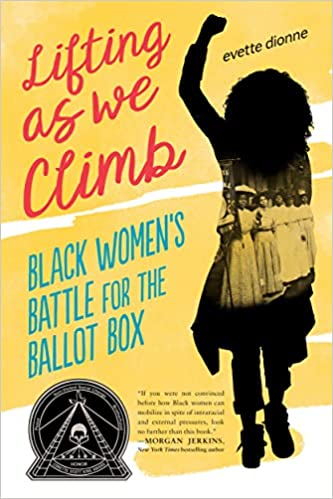| Dr. Cindi Koudelka ([email protected]; @cmkoudelka) is a Curriculum Specialist with National Board Certification in Adolescent Young Adulthood/English Language Arts at Fieldcrest School District in Illinois and an Adjunct faculty member at Aurora University. Being a bibliophile and school nerd, she holds multiple certifications from PreK - 12, and is an active member in several literacy and research organizations. Her research interests reflect her passion as a youth advocate by focusing her work on critical adolescent literacies, young adult literature, positioning, and youth participatory action research. |
For English I, it isn’t that I have anything against Romeo and Juliet, but it is THE ninth grade text, and that hasn’t changed since I was in school (which was a really, really long time ago). Rather than reading it in isolation, we will pair it with book clubs related to star-crossed lovers and examine questions beyond the typical, “Do we determine our own destinies?” to other questions such as, “How do societal power structures impact decision-making and access to opportunities?” This pairing of book clubs with the canonical work freshens up the conversations and allows students to think about the role of intersectionality and how that is represented across various texts. It affords them greater opportunity to critically examine the essential questions and how the author’s circumstances impact the text’s message. As we create the lists, it is important to select texts that include a range of representation, so we have selected novels that reach across groups and time. The novels include Out of Darkness by Ashley Hope Perez, The Weight of Feathers by Anna Marie McLemore, Verona Comics by Jennifer Dugan, Firekeeper’s Daughter by Angeline Boulley, The Sun is Also a Star by Nicola Yoon, and Last Night at the Telegraph Club by Malinda Lo.























 RSS Feed
RSS Feed